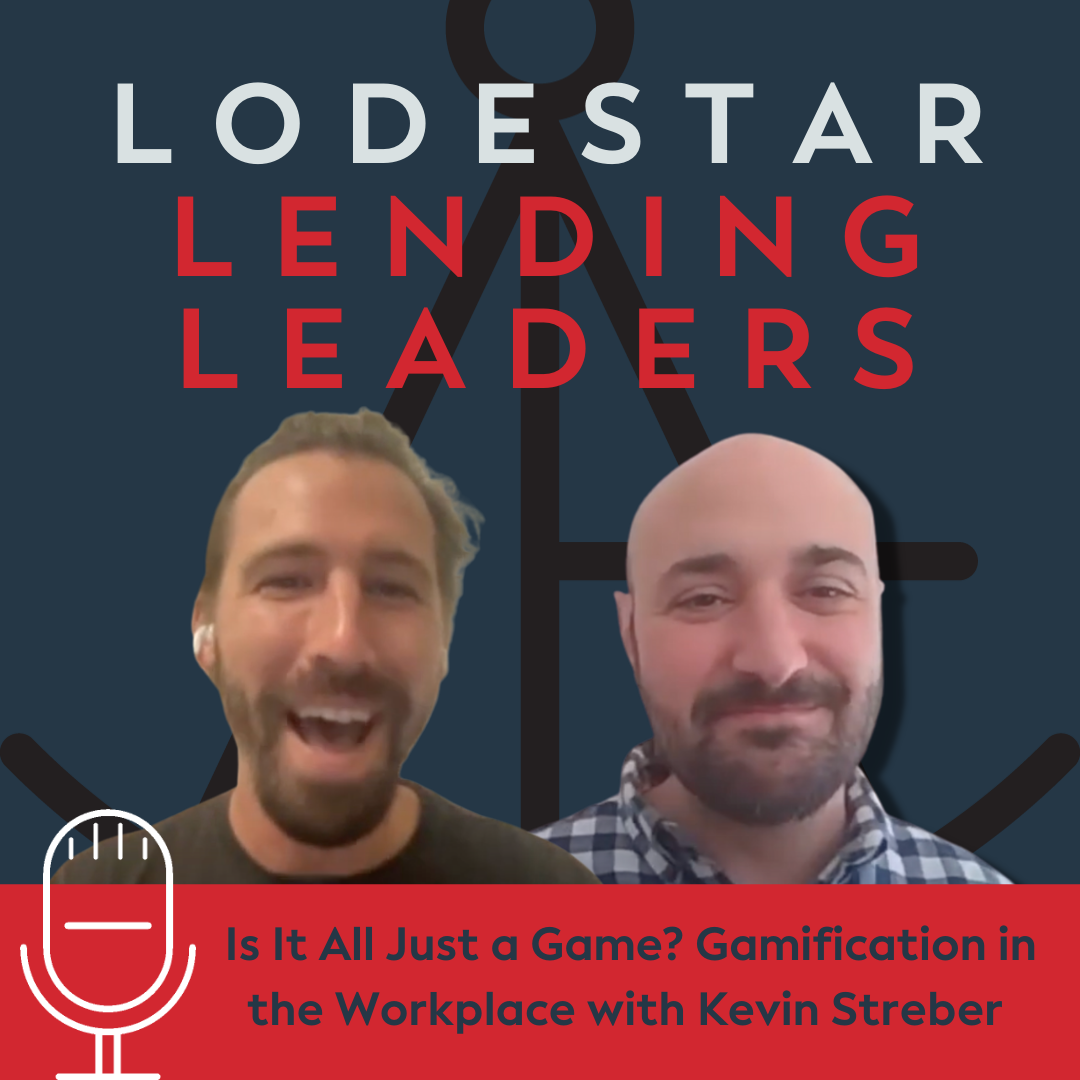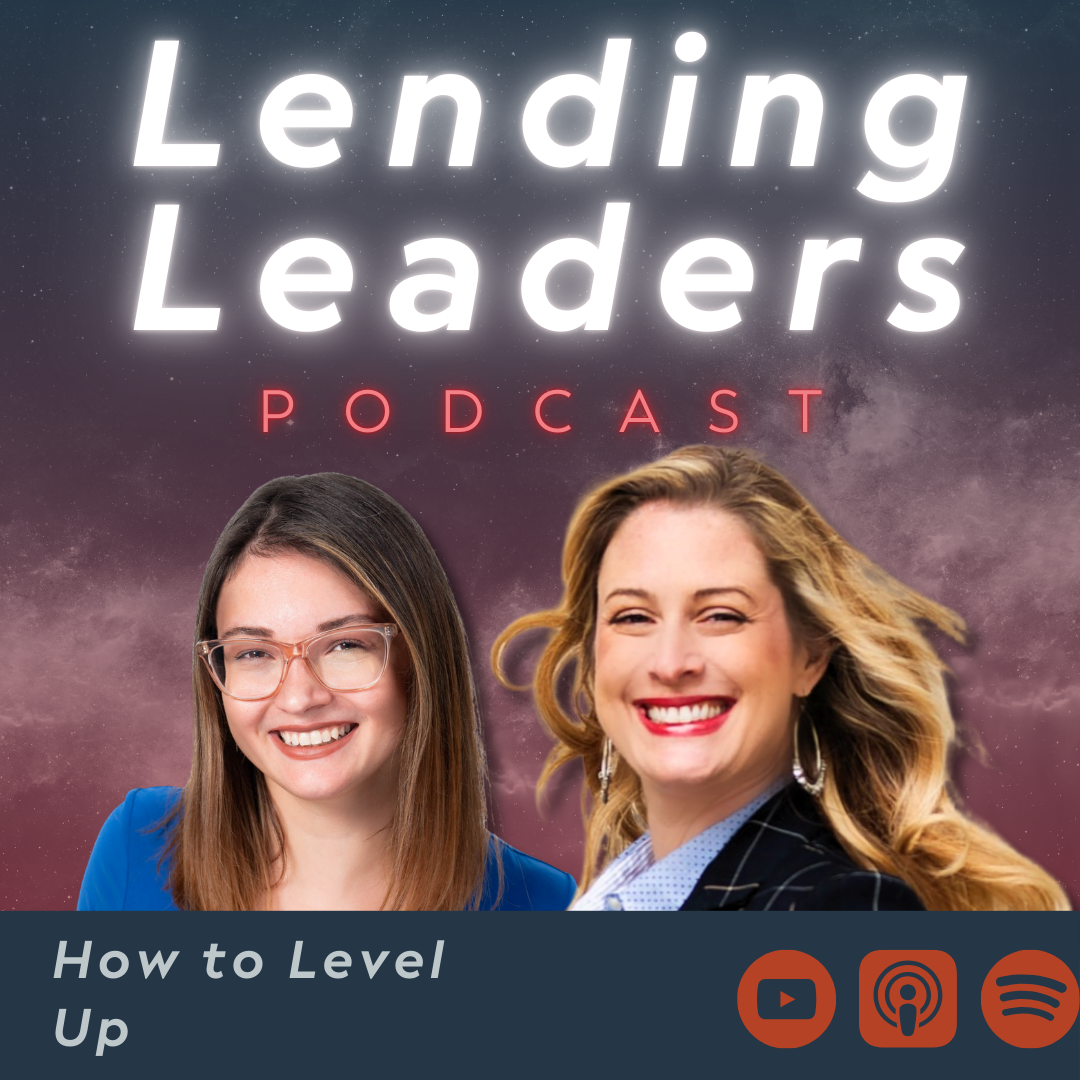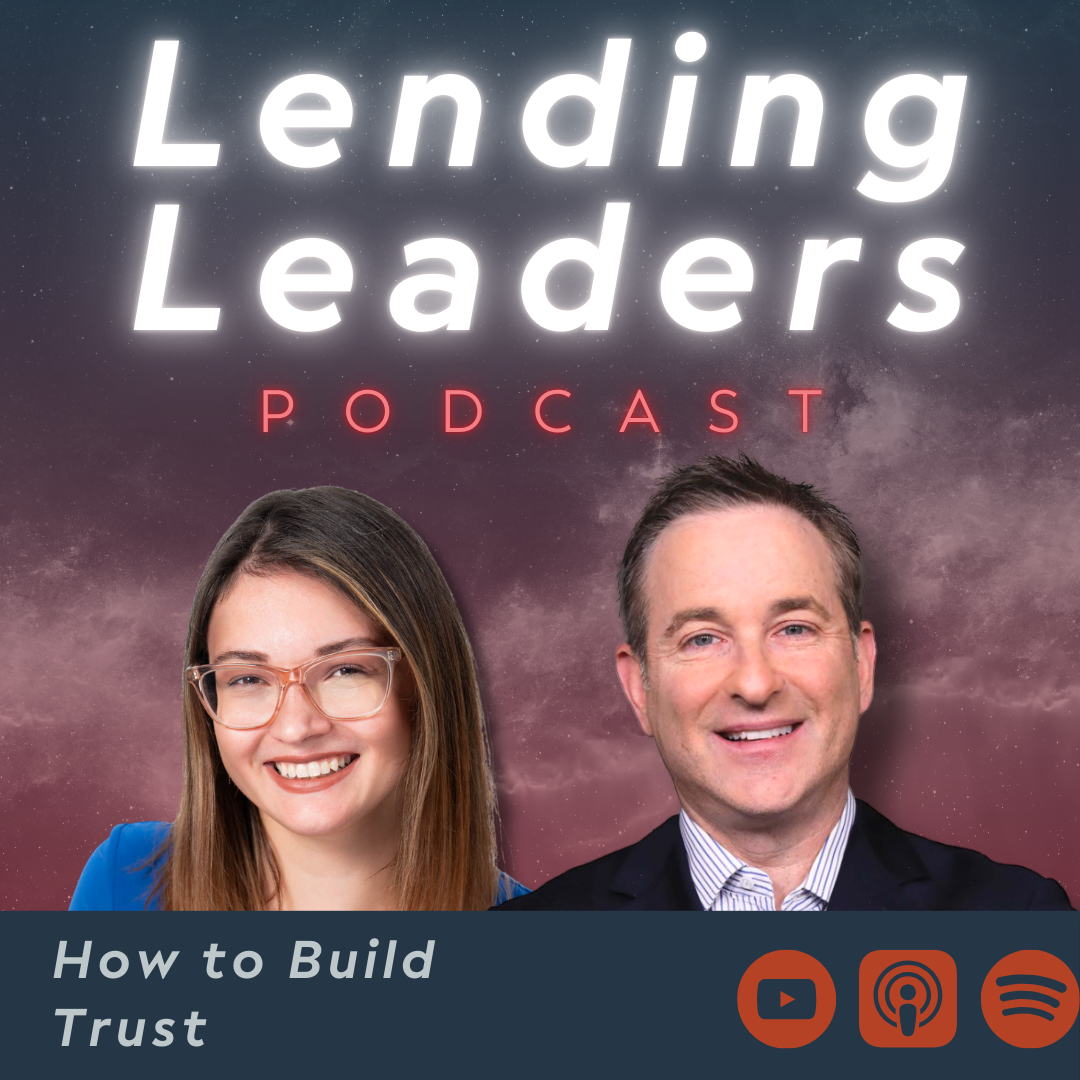

Here at LLL we get to talk to some great people, friends both old and new. Kevin Streber, an Account Director at SalesScreen, a leading sales gamification platform, has known Jim for a long time. We were thrilled to sit down with him and talk all things gamification in the workplace and what really motivates employees.
What is Gamification and why should we care?
Gamification is when you apply game-like elements to a non-game environment; in this case, the workplace. Gamification uses competitions, achievements, rewards, and celebrations to motivate employees and improve performance.
There’s lots of hype around gamification. It’s important to deploy it effectively.
But the concept isn’t exactly new.
Jim recalls a story about when Charles Schwab was working for Andrew Carnegie in the 1900s. Production at a steel mill was low, so the foreman drew a six on the wall to indicate to the current shift how much the last shift had produced. And so a competition began. In very little time, the mill doubled its production.
It’s all about identifying what goals and challenges your organization is facing. Let’s say you’re struggling to establish a pipeline. You can’t just compete on who closes the most deals. That won’t work. But you can identify steps along the way to close and gamify those activities and behaviors to strengthen the sales pipeline.
What about older, more traditional employees who “don’t need no stinking badges”?
There certainly are generational differences that make gamification hard to sell to older employees. Younger employees tend to care a lot more about badges, achievements, etc. But older works still like to compete. Leaderboards are a tried-and-true method.
What about those who lose?
How do you gamify your business processes without demoralizing those who aren’t as competitive or experienced and wind up at the bottom of the leaderboard? Often when you ask someone who’s about to hold a sales competition, “Do you know who’s going to win?” they answer, “Yeah, the same people who won last time and the time before that.”
To help gamification steer clear of drawing a hard line between winners and losers and thus becoming demoralizing, you can add an element of chance. Maybe a lottery ticket or gift swap. That way, even if someone who’s closed more might have a greater chance of winning, someone with only one ticket still has a chance.
Or you can make the competition around something other than closing. Say, outreach. That way it’s about effort, not purely outcomes. Also, new, less experienced salespeople can have custom targets suited to their experience level. You can base results on percent attainment, instead of just quantity of deals. That way the competition is more fair for different employees of different experience levels.
Reactive vs Proactive
When it comes to sales a lot of companies are being reactive instead of proactive. They wait for revenue to plummet before pushing to increase sales. But usually by that time, it’s too late. How does gamification work for those who are being reactive instead of proactive.
In the workplace, most people fail, not because they don’t want, but because they can’t see the path. Adding competitive elements to each part of the sales pipeline makes those steps along the path clearer, more attainable, and more fun.
What about commission? Isn’t money motivating enough?
Theoretically, a salesperson has an unlimited salary. Why isn’t every salesperson making millions and millions of dollars, then?
There is a huge difference between intrinsic vs extrinsic motivation. Money is motivating, sure, but so is social cache, that pat on the back. People are motivated by connection to one another. Recognition. Accomplishment. Autonomy and self-mastery. Connection to something more important. These are intrinsic motivators, which give more of a long-term boost. It’s not that money doesn’t matter. Commission is extrinsic and works for a short-term boost. But it’s not as powerful as intrinsic motivation.
What does gamification look like when it’s implemented poorly?
Negative gamification is when you think of motivation purely in terms of the carrot and stick. You wind up with things like reverse leaderboards, which are all about shaming losers. This is very powerful in a negative and harmful way.
Jim recalls his 8th grade algebra teacher, Mr. Plummer, a former drill instructor. After a test or quiz, the person with the lowest score sat front row center. The second lowest sat behind, and so on. It was really negative. Gamification isn’t about shaming people.
It’s about making steps along the path to success attainable, fun, and socially engaging.

